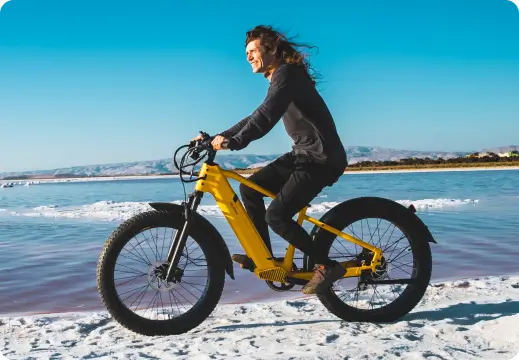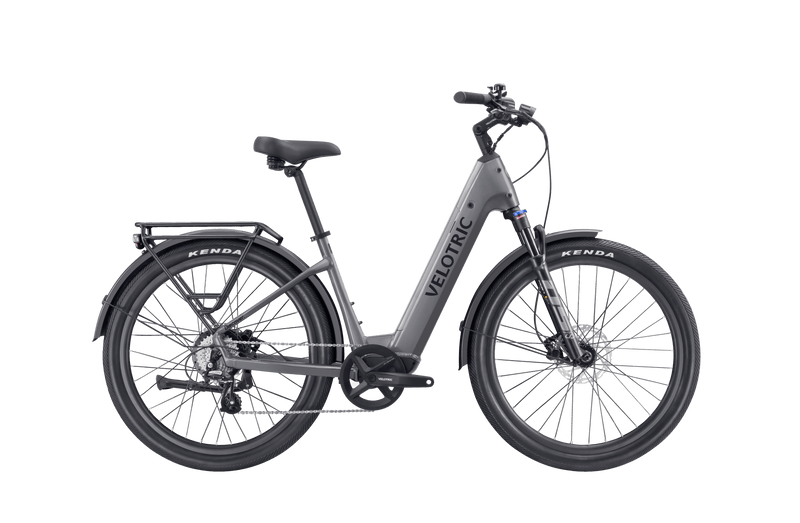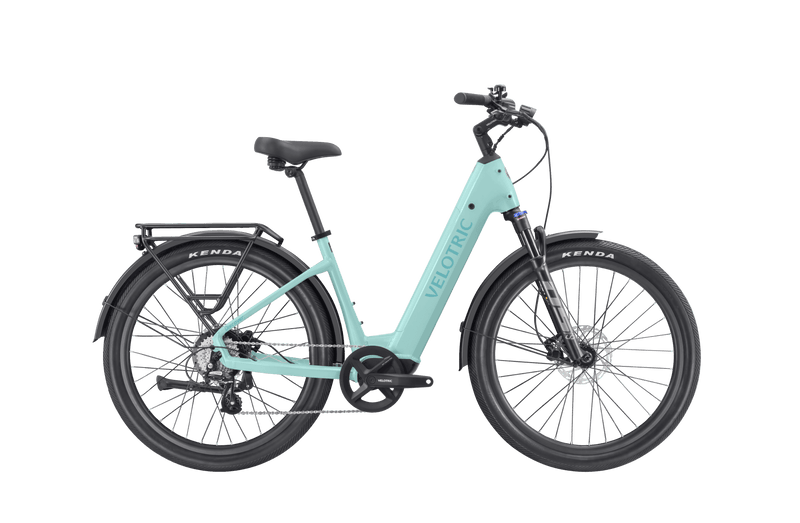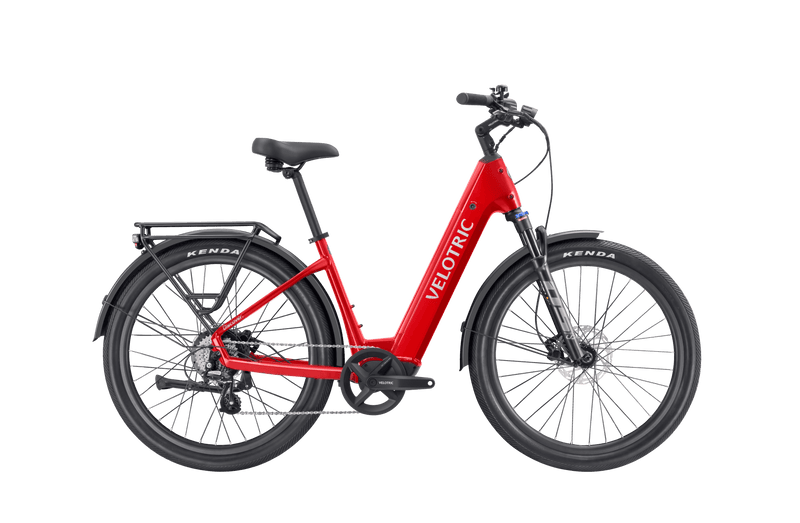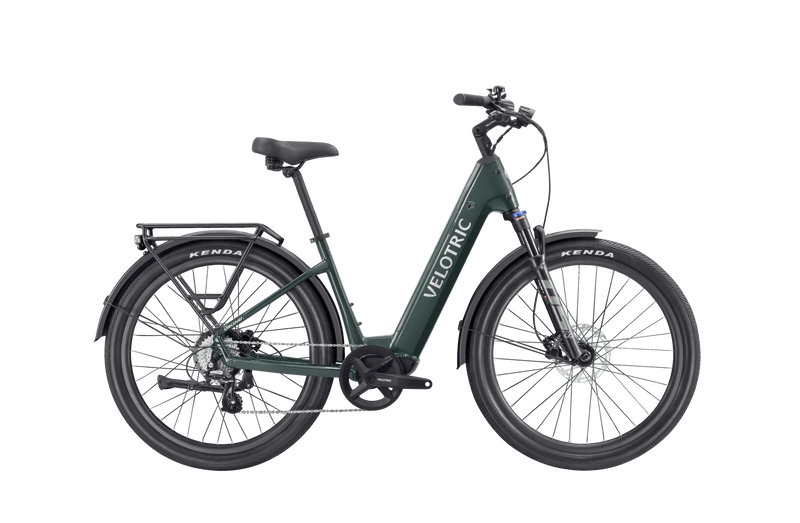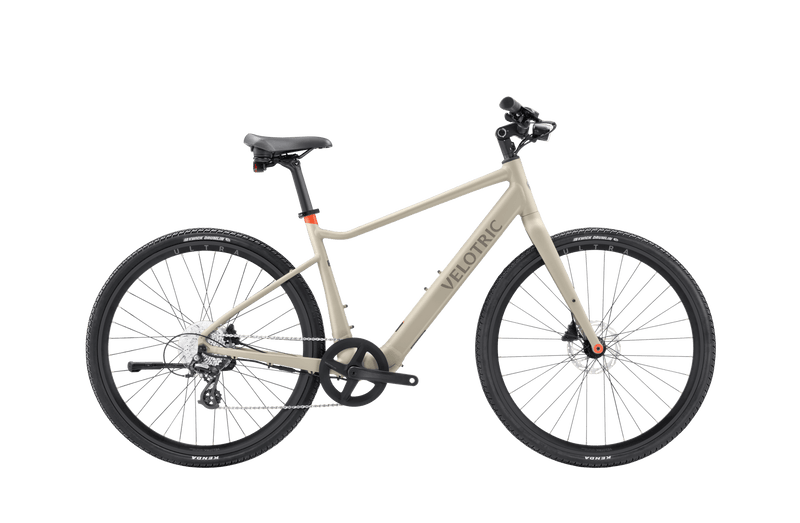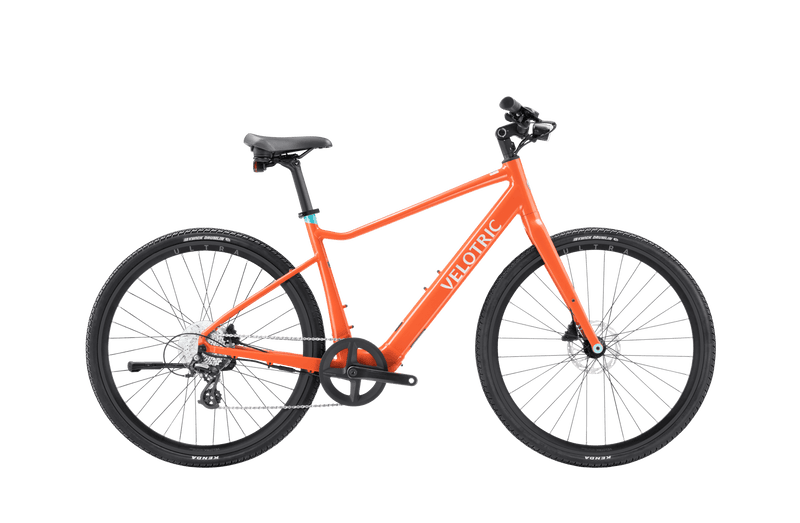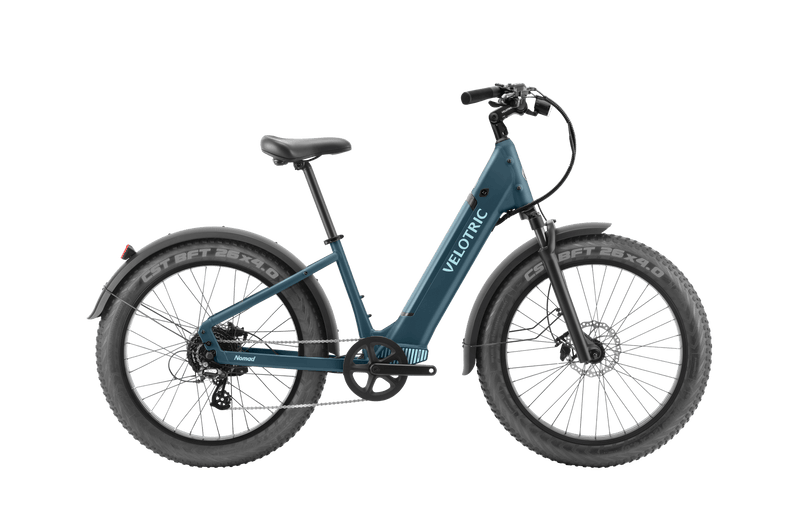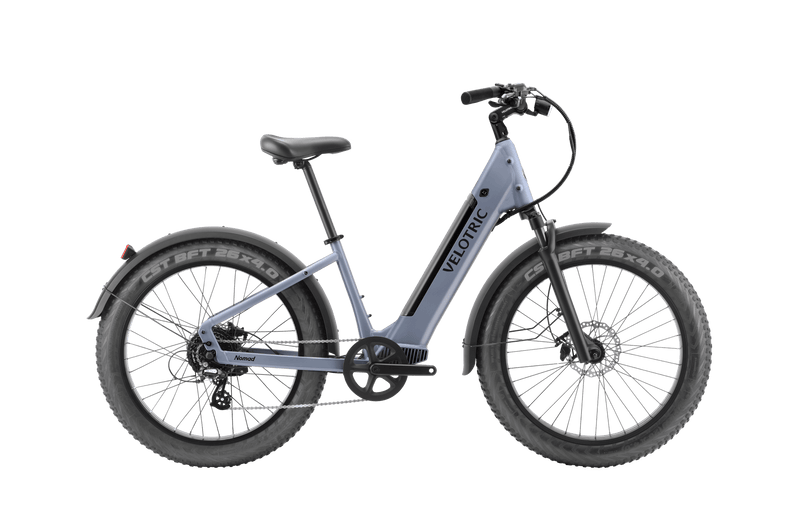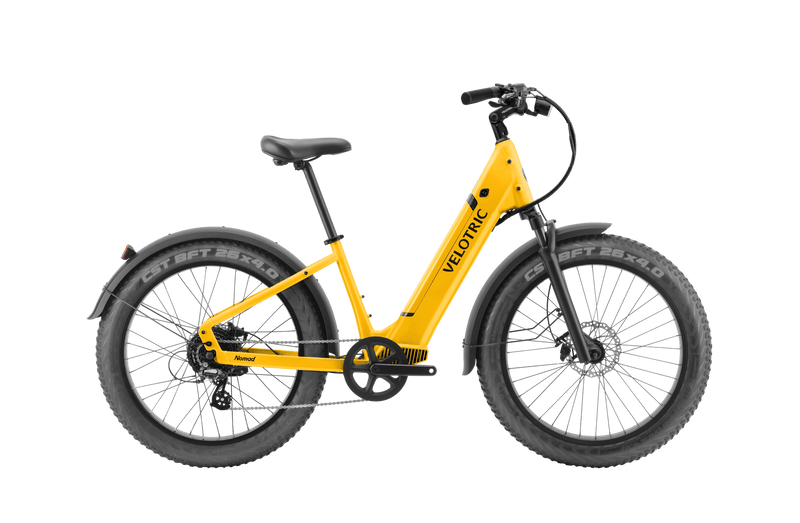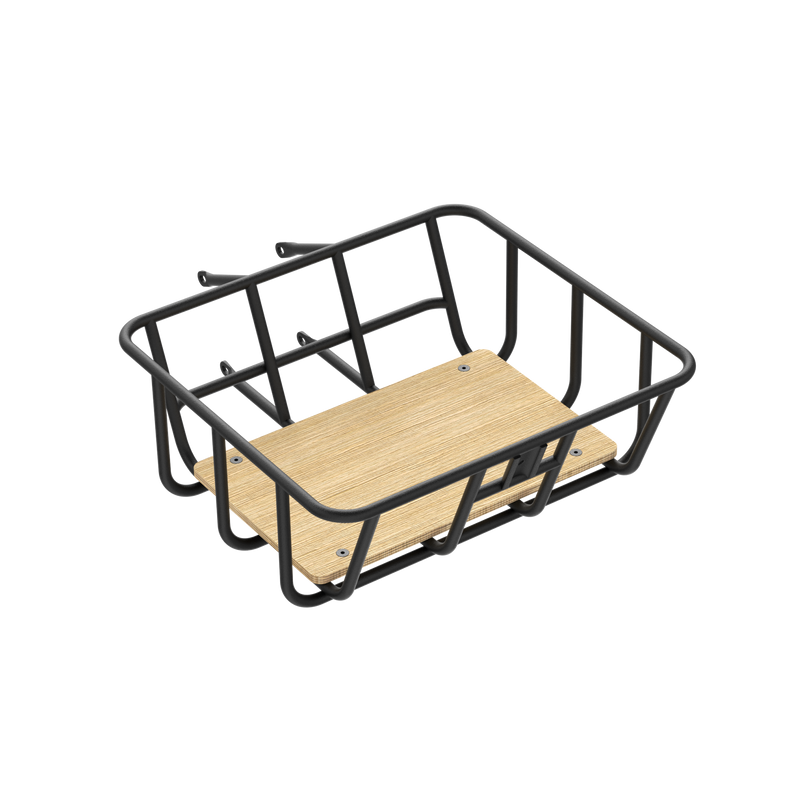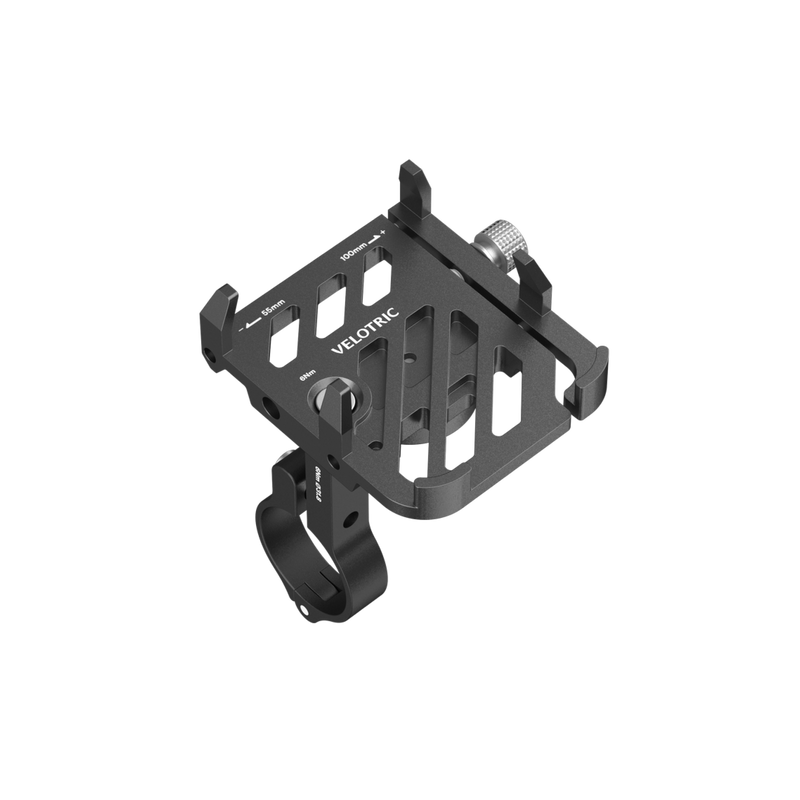Riding on the road with your e-bike is a great way to stay active, reduce your carbon footprint, and explore your surroundings – sometimes revisiting familiar places on a bike makes them just feel new and exciting. Whether it’s for a commute to work, running errands, or to simply enjoy a leisurely ride, safety is always a top priority for cyclists who share the road with cars. Sharing the road with motor vehicles is best summed up by simply staying visible and predictable to others on the road and proper equipment. In this guide, we'll delve into the key principles and tips to ensure you bike safely on public roads.
Preparation & Equipment
Preparation starts before your ride starts. Having the following equipment for you and your bike are helps ensure a safe ride:
- Helmet: Invest in a quality helmet that fits snugly on your head. It's a vital piece of safety gear for your head in case of impact, whether it be a fall or collision. You can check out the following video for a demonstration on how to find the right helmet for you but the ultimate rule of thumb is one which can fit snugly on your head (circumference-wise) and can cover at least half of your forehead without being tilted too much forward or back.
- Lights and Reflectors: Make sure your bike has working front and rear lights and reflective elements. If you’re riding with a Velotric e-bike, we have these integrated or included with your purchase, but these are especially important when riding at night.
- Brakes and Tires: Regularly check your brakes and tires for wear and tear. Is there any parts of the tire that seems flat instead of rounded? Properly inflated tires provide better control and reduce the risk of accidents. For Velotric e-bikes, you can check out our series of Maintenance blog entries to see as well!
- Bike Maintenance: Keep your bike well-maintained, including checking the chain, gears, and brakes. A well-tuned bike is more responsive and reliable. You can check the video below to see GCN on how to clean and lube your bike, which would be the same as your e-bike (just make sure the battery is slotted in properly.
Understanding Traffic Rules
If you’re riding on the road, it’s essential that you follow traffic rules on your e-bike. This helps keep you predictable to motorists on the road and will help to keep you safe.
- Traffic Signs and Signals: Familiarize yourself with road signs and traffic signals. They guide both motorists and cyclists, so understanding them is crucial.
- Hand Signals: Learn hand signals for indicating turns and stops. These gestures communicate your intentions to other road users.

(Credit: ilovebicyling. Note that Right Turn has two methods.)
- Traffic Lanes: Stick to the right side of the road, going in the same direction as traffic. Use designated bike lanes when available.
- Stop at Stop Signs and Red Lights: Just like motorists, cyclists must come to a complete stop at stop signs and obey red lights. It's not only a rule (which is often flouted unfortunately) but also a safety precaution.
Defensive Biking Techniques
Defensive biking techniques is primarily on how you can ride in a way which keeps your predictable to others on the road.
- Stay in your lane: Generally stick to the rightmost lane while riding. Avoid weaving through cars and in and out of traffic which makes your movement unpredictable (and for some reason antagonizes motorists).
- Beware of parked cars in your lane: Maintain a safe distance from parked cars to avoid collisions with opening doors. If you must cross one (sometimes an errant car might be parked on the side of the road), check behind to see if you can safely overtake them.
- Watch for Right-Turning Vehicles: Be cautious when approaching intersections, as right-turning vehicles may not always notice you. Make eye contact with the driver if possible.
- Avoid Blind Spots: Don't linger in a motorist's blind spot. If you can't see their mirrors, assume they can't see you.

(Image courtesy of Motorcycle Test Tips. Note that there is a difference in the blindspot of a car vs a truck.)
- Mind Intersections: Intersections are high-risk areas. Slow down, be visible, and make your intentions clear to others. If you’re riding beside a truck, beware of their blind spots. If possible, avoid riding besides larger vehicles.

(Credit: Future Hamburg. Note the blindspot of the truck here.)
Weather Preparedness
Naturally, weather affects road conditions. Here are a few ways how you can be better prepared.
- Rain: Wet roads can be slippery. When turning, advice to not speed up and reduce your speed to keep it below 5 km/h(3 mile/h). When braking, use the rear brake first and then the front brake. Increase your following distance, and use extra caution when turning.
- Wind: Strong winds can affect your stability. Maintain a firm grip on your handlebars and be prepared for gusts.
- Snow and Ice: In snowy conditions, it's best to avoid biking unless you have appropriate tires and experience. Slippery surfaces greatly increase the risk of falls. We do not recommend riding in icy conditions.
In Conclusion
Biking on shared roads offers a way to get around that can be better for your health and is just a bit more fun. But it does come with a responsibility for the safety of yourself and others on the road.
At the end of the day, just remember your e-bike is a bicycle first. There is an electrical system to help reduce fatigue on rides, but it really isn’t quite the same as a high-powered vehicle like a motorbike. It is also good to bear in mind that although Velotric e-bikes specifically can have their speed unlocked for instances in the outdoors and wide open spaces, we recommend keeping to the original speeds for everyday rides, whether they be commute or leisurely rides.
Although riding on the road can be a bit intimidating at first, it is ultimately a rewarding experience for those integrating cycling into more parts of their life. So we hope you find these tips helpful as you give riding on the roads a try. Happy cycling!






































